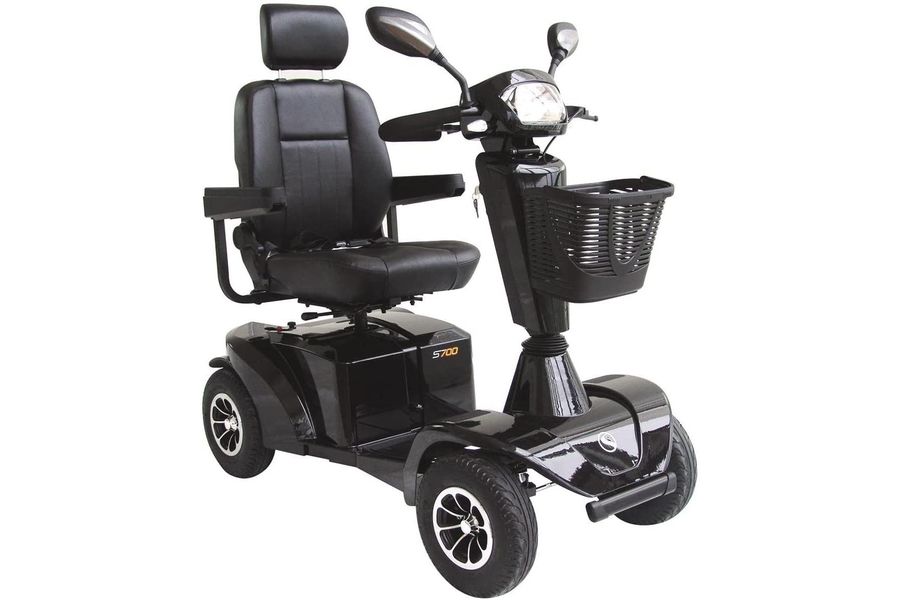
Mobility scooter etiquette: Rules of the road
A common for many first-time users of mobility scooters (and those who encounter them) is their legal status

Mobility scooters have quickly become a staple of many cities and communities. These vehicles aid the elderly and people with disabilities, who often face difficulties making their way about town. Their recent and rapid widespread adoption may create some uncertainty on the road.
That’s why we’ve put together this handy guide to mobility scooter etiquette. Having a clear grasp of the rules of the road for these vehicles can save you a lot of trouble. Knowing what to expect from drivers, pedestrians, and scooter riders is the first step towards safer transit for all.
Who are mobility scooters for?
First off, let’s set the record straight. Mobility scooters are specifically intended for people with difficulties moving around. That includes the elderly, and people with various types of disabilities.
In many countries, such as Australia, mobile scooters for disabled people may only be used by drivers that need them. In fact, Australian road rules specifically require drivers to have a “reasonable need” for using these vehicles. A reasonable need could be a physical disability or any condition that makes it harder to walk.
No driving licence is required to operate a mobility scooter, as long as it meets the legal definition. Conversely, very fast or heavy scooters may require a licence, as well as insurance. Mobility scooters must also lack a combustion engine, lest they be classified as motor vehicles.




